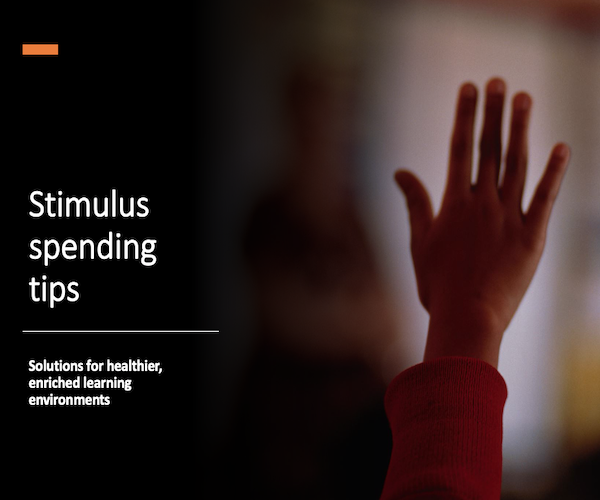Educators say a return to pre-COVID instruction in U.S. classrooms would be a big mistake, and the same goes for PD and teacher coaching.
“We need to leverage what staff and students have learned during this crisis to change the way we teach and accelerate growth,” says Romain Bertand, the senior manager for solution design at virtual PD provider BetterLesson.
“We shouldn’t be relying on solutions that in past have not always worked and have inequities embedded in them,” Bertand says.
Here are several factors that Bertand sees in the short-term evolution of PD, and how superintendents can leverage stimulus funding to transform PD:
1. Social-emotional learning comes first: Even though the American Rescue Plan emphasizes tackling learning loss, Bertand says many district leaders he’s in contact with have prioritized trauma-informed practices to help students cope with COVID’s ordeals.
“School leaders really understand they are not going to be able to bring kids back together in the same way they were before without intentional thinking around social-emotional issues and trauma,” Bertand says.
2. Acknowledging systemic racism: Schools will best be able to support students’ social-emotional needs by creating more inclusive and equitable environments.
More from DA: 5 ways ed-tech will transform PD post-COVID
This starts with providing PD that helps teachers recognize the impact of systemic racism, Bertand says.
3. How to spread student-centered learning: Administrators must guide teachers to use new tools and approaches they developed over the past year of online and hybrid learning.
Administrators should provide PD and coaching that helps teachers refine blended learning techniques they’ve begun using during the pandemic, Bertand recommends.
BetterLessons’s virtual workshops in blended learning focus on “leveraging time and space differently to create accelerated paths for students,” he says.
4. Don’t be dissuaded by Zoom fatigue: A red flag for administrators to watch out for is the narrative that staff and students have had enough with distance learning.
“If we listen to kids, they will probably tell us that over the last year-and-a-half they’ve had a bit more agency and autonomy,” Bertand says. “Sometimes they’ve struggled and sometimes they’ve thrived, and if we go back to the old ways, kids will not take it as well.”
5. Incorporate student and parent voice: PD and coaching can also guide administrators and teachers in better ways to incorporate parents’ and students’ ideas and concerns.
Educators should be particularly aware of what students say about their anxieties on returning to school and what they missed about in-person instruction.
6. Inspiration from afar: Virtual coaching and PD allows educators to connect one-on-one with colleagues and experts from other parts of the country.
These interactions help teachers “build something in class that feels ambitious,” he says.
7. Quality PD boosts retention: Teachers cite quality PD as a reason for staying in their jobs, Bertand says.
Coaching can bolster and diversity the pipeline of new teachers into the profession. “It might not replace money or a good culture, but it’s a component of a good culture,” he says. “It makes teachers feel valued and respected.”









